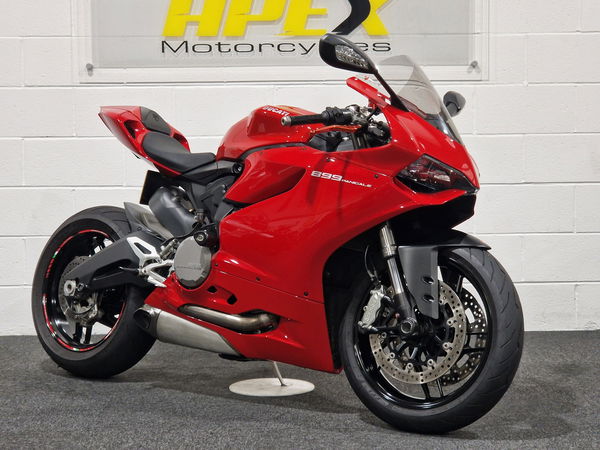Police clarifies tactical stop powers to tackle scooter-enabled crime
Police in England and Wales are issued with revised guidelines to clarify the permitted use of 'tactical stop powers' in pursuit of scooters

Police have been issued with clearer guidelines to use ‘tactical stop powers’ when in pursuit of criminals using scooters and mopeds in an effort to quell a rise in offences being carried out on two-wheel machinery.
Tactical stop powers – or tactical contact as it is also referred to – is being increasingly employed by police during pursuits of scooters and mopeds whereby they can knock suspected offenders off using an impact with their patrol cars.
Though the method is controversial – and branded potentially dangerous by those against the tactic – it is considered one of the most effective ways to halt high-speed pursuits of scooters and mopeds if they pose a threat to the greater public.
As such, the Independent Office for Police Conduct (IOPC) has updated its guidelines to give police greater clarification on the level of force they are permitted to use in certain situations so as to protect them from potential prosecution.
The guidelines apply across the England and Wales after being issued to all chief constables by the National Police Chiefs’ Council’s (NPCC) Lead for Police Pursuits.
Why do police use ‘tactical stop powers’?
Scooter and moped-enabled crime has been on the up across the country in recent years, whether being used as a ‘getaway’ vehicle or used to scope out potential victims to perform a serious crime, though the increase is of a particular concern in the capital, London.
With many pursuits leading to high-speed chases, tactical stops aim to neutralise the chase before they can pose a threat to the wider public despite the potential dangers to the ride.
Moreover, should such a tactic be used and the offender is not charged with an offence, it potentially leaves police officers liable to counter claims of using excessive force.
However, these guidelines are designed to remove the inevitable grey areas that come with such a tactic, taking into the account the speed the assailant is travelling at and the surroundings. All tactical stops must be authorised before they can be performed.
“It’s critical that police officers using their powers to detain suspected offenders have clear, unambiguous guidance to support them in carrying out their difficult roles,” said IOPC interim Deputy Director General Jonathan Green, “and that the public have confidence that any dangerous situations created by police pursuits are brought to an end as swiftly as possible.
“A number of our recent investigations have identified learning highlighting the need to clarify when it is appropriate to use tactical stop powers, and this learning has helped inform the new guidance.”
“Offenders on mopeds and motorcycles who attempt to evade the police are making a choice that puts themselves and others at risk,” NPCC pursuits lead, Assistant Chief Constable Steve Barry added. The public expect us to intervene to keep them safe. Highly trained police drivers are tasked with weighing up the risks and deciding upon the most appropriate tactics in fast-paced circumstances.”











